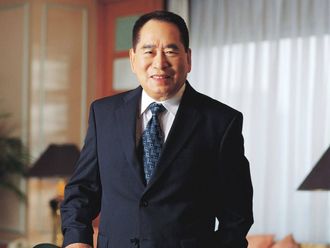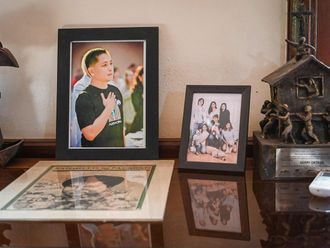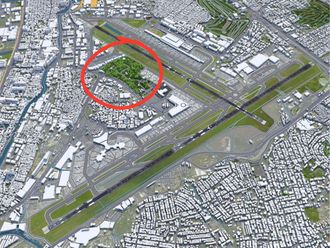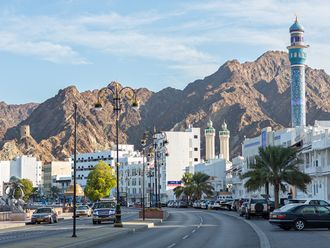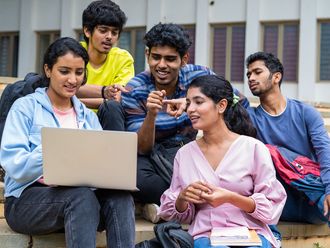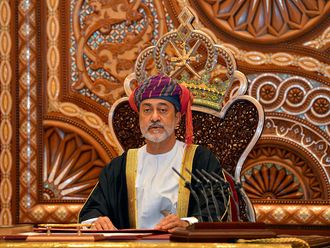Manila: The Philippines has 170 languages, considered one of the world's richest source of ethnolinguistic diversity, a surprising heritage despite the growth of English as a dominant second language, a senior official told Gulf News yesterday.
"We celebrate the presence of 170 languages in our country's 7,100 islands when we launched August as the month of Filipino languages," said Ricardo Nolasco, a doctorate in linguistics, and the current chairman of the National Language Commission (NLC).
To prove his point about diversity, he said that if an Ilokano (resident of Ilocos in northern Luzon) speaks Ilokano (his language) to a Cebuano (resident of Visayas, in central Philippines), they won't understand each other.
"That means that Ilokano and Cebuano are two different languages. They don't have mutual intelligibility. A lot of our languages are like that in the Philippines," Nolasco explained.
In contrast, Tagalog or Pilipino, considered the national language, has many dialects as spoken in northern suburban Bulacan, in Quezon, Batangas, and in other parts of southern Luzon.
"Tagalog or Pilipino in these places are spoken with different accents, but the speakers understand each other," said Nolasco.
The presence of 170 languages in the Philippines has been recognised by a international body of linguists all over the world.
"We are 10th in linguistic diversity in the world," Nolasco said.
In comparison, there are 7,000 languages among 200 other nation states, he said, adding, "The majority of people across the globe, even those from the most progressive countries, are neither monocultural nor monolingual."


